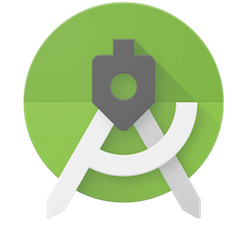Wear OS by Google developer preview

Posted by Hoi Lam , Lead Developer Advocate, Wear OS by Google Today we launched the Wear OS by Google developer preview and brought Android P platform features to wearables. The developer preview includes updated system images on the official Android Emulator and a downloadable system image for the Huawei Watch 2 Bluetooth or Huawei Watch 2 Classic Bluetooth. This initial release is intended for developers only and is not for daily or consumer use. Therefore, it is only available via manual download and flash. Please refer to the release notes for known issues before downloading and flashing your device . In this release, we would like to highlight the following features that developers should pay attention to: Restriction related to non-SDK methods and fields : To improve app compatibility, Android P has started the process of restricting access to non-SDK methods and fields. Developers should make plans to migrate away from these. If there is no public equivalent for your use case,



